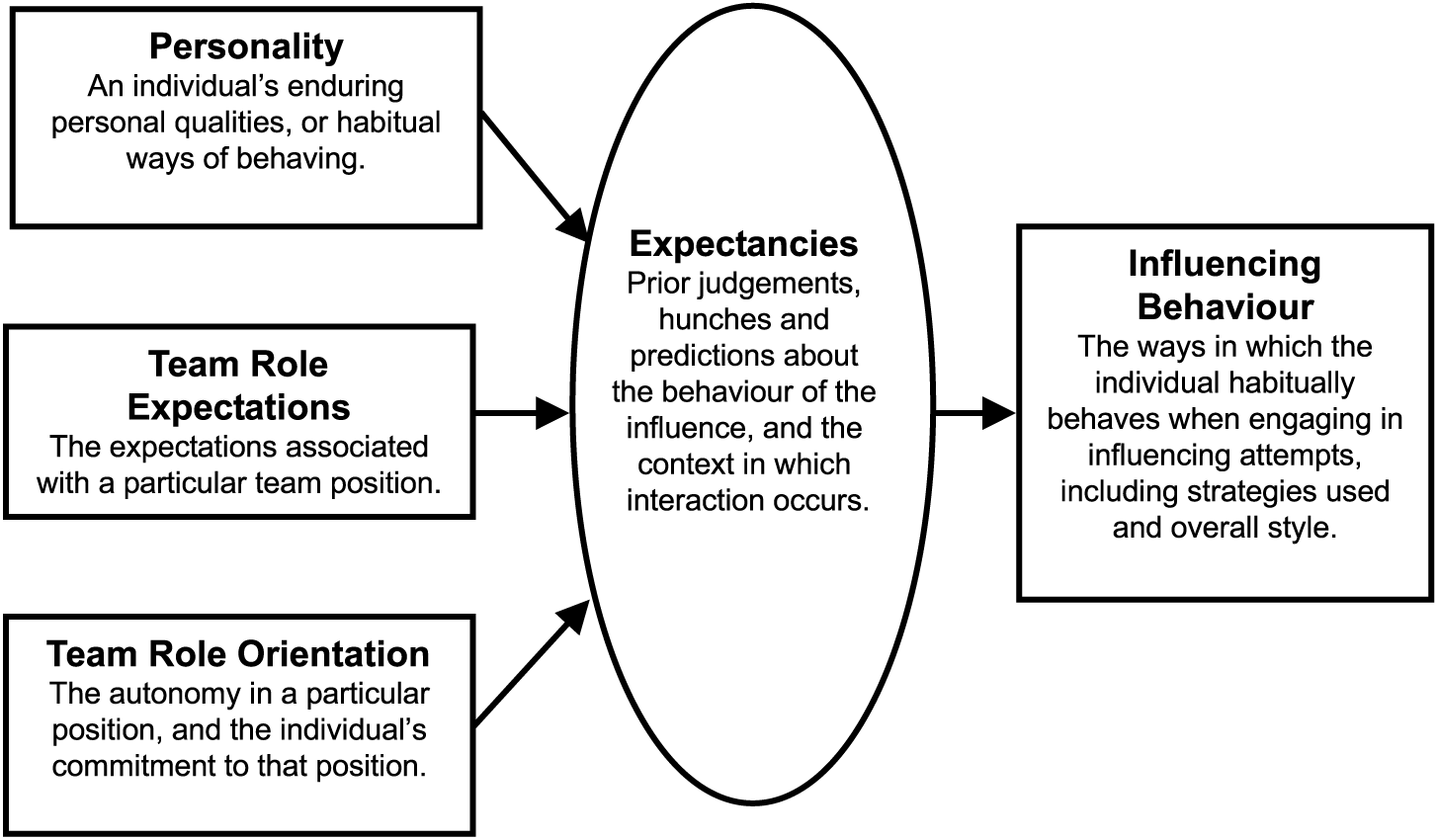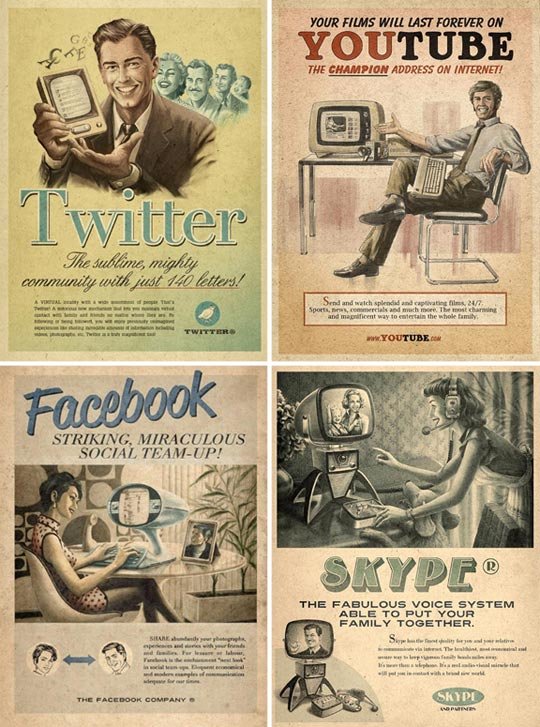Redefining Marketing Strategy in Real Time
//“There’s many a slip twixt cup and the lip” is erroneously attributed to Shakespeare throughout history.
The origins can be traced back to Greek mythology and culturally juxtaposed by Emelio Estevez in the flick, “Young Guns” from the late 80′s.
Regardless of the cultural reference points, this quote should be a powerful reminder for any business as it builds out or redefines its marketing strategy.
Tech Does Not Work as Advertised & Merger and Acquisitions are Shifting the Landscapes
- We’ve used HostGator for over ten years; but it’s a great example of how the entrepreneurial hosting biz has gone mainstream: it’s not really HostGator, it’s owned by Endurance International Group, which was bought out in 2011 by Accel-KKR, Warburg Pincus and GS Capital Partners (Goldman Sachs).
- The intent is not to single out HostGator - Go Daddy is in the same boat; they bought Media Temple (who we host with) but never even moved customer service functions over to the parent corp and doubt if they upgraded the Network Operations Center or Servers either.
- Critical takeaway for you as you select a hosting provider: if your not going with a dedicated Server provided by the market leader, RackSpace expect to be on a crowded server with thousands (or ten of thousands) of other web sites. Meaning, you site’s load times and access can be poor to nonexistent at times, which in turn impacts your Google Search Rankings.
- We recommend WordPress as a development platform. Out of the box (download) it functions beautifully; but, as apps are services are integrated and upgrades occur, you’re going to see and experience hiccups: forms don’t work, pages load improperly, apps and inter dependencies don’t work, etc. Plan accordingly.
- Of the top tier social networks (Facebook, Twitter, Pinterest) only LInkedIn has accessible customer service. Your on your own with the rest. We have an active presence on Pinterest with over 4K pins and 2.5K followers and we love the platform. but, their customer service for any small to medium sized business is virtually non-existent. It’s an irritant to see the valuations of these platforms; but, there is no attempt made to scale customer service on par with usage. So, be aware, FAQs, blogs and the kindness of strangers is what you have to rely on with most.
How to Stay Sane & Not Get Run Over by Tech
- Make good decisions as you set up your Infrastructure: Hosting, Web Site Platform, Integrated Apps & Services and your probably better off going with a Dedicated Server and these costs are dropping rapidly as the “cloud” accelerates.
- Build your business in an iterative manner. Don’t go all in or whole hog with technology: start small and phase in other apps and services once your environment is stable. Know you are building a digital eco system around your business.
- Expect apps and services not to work “as advertised” and have your own agency or IT department carefully test what you are going to use.
- You must be somewhat technical to survive and/or grow your business. Every aspect of marketing is steeped in technology. You don’t need to write code BTW; but using Facebook on a smartphone as an example, is not sufficient technical competency in today’s complex world.
Today’s Web Sites are Not Static
It’s brand suicide to think you can build a web site and not have it updated organically as your business grows.
We tell our clients, do a wholesale makeover every 12-18 months at a minimum, update images and text on a monthly and quarterly basis and a blog should be updated weekly at a minimum.
Great web site design is really about speed and minimizing load blindness - kill the design committee at the outset, you want no more than 2-3 members of your company involved in a design process.
Web Site Design Prerequisites
- What’s the product or service going to sell for and how to you communicate this to the visitor?
- Are content marketing initiatives (blog, PR, images, infographics, videos, virality) integrated with your design?
- How do analytics and sales funnel metrics tie into the web site?
- What’s your lead generation strategy or desired outcome for a visitor, other than perusing the site?
- Is a content marketing strategy defined and do you have an Editorial Calendar in place for organizing: content updates, topics, keywords timeline and more?
- Do you have social media integration in place: social logins, sharing options and plugins, engagement drivers to generate virality and social sharing?
- Is legacy content and information mapping in place and how will this be archived in a meaningful way to continue to drive traffic?
- A real grasp of your targeted market demographic or persona, with dedicated time and resources defining who the customer is?
- Are you leveraging Cloud integration: apps, third party services, appropriate server and/or hosting vendors to lower costs & accelerate time to market?
- Visitors “read” web site content in F Shaped Patterns; is this baked into your content strategy and User Interface?
- How is your site going to be updated moving forward and who is responsible for this?
- Are trust signals in place on the site to drive conversions?
How to Partner with your Agency or Provider on a Design Project
By “partner” I mean get the hell out of your own way and listen to the people you are paying good money to help you move your business forward.
We work with so many clients with budgets from $10-50K who waste a great deal of time and resources by listening to non stakeholders in the design process ranging from spouses to BOD members.
Avoid this at all costs. If not, you’ll be adding “feature creep” endlessly and a functional design project will go from 60 days to 3-4 months.
This will “stress” your team, the design agency and your budget, resulting in a convoluted design process that may work for no one.
Great Content Not Heard is Content Not Written
So much is written about how to write great content, self included. Yes indeed, if the content is funky it’s not going to get traction. But, if it’s never seen, your losing the battle.
Syndicate and publish your content. Once it’s been uploaded to your own site and indexed (attributed to your brand) by Google then syndicate the hell out of it, with rinse and repeat cycles.
Best tools for content syndication:
- Buffer
- HootSuite
- OutBrain
- IFTTT & Zapier (think of these as content feed & connectivity apps & more)
- SproutSocial
- OneSpot
- ShareThis (browser based)
- SNAP WordPress “autoposter” plugin for WordPress
The absolute best tool to use for any content marketing or syndication is BuzzSumo - understand what content is driving engagement and with who across the social web.
“Be a publisher” means: identify top tier thought leaders in your industry or vertical, then build a Twitter list comprising these execs and then understand what publications they are featured in or sharing.
Extract this list of publications and then reach out to the editors and pitch them on writing content that will resonated with their “readers.”
I don’t want to make this sound too easy; it may not be. You may have to contact multiple editors via contact us page, @messages on Twitter, identifying other authors writing for them and then asking them for a referral, etc.
But, publishing your content is a powerful way to augment content syndication. Don’t forget about making sure your RSS feed is working properly; some publishers will want this functionality.
Don’t Follow Big Brand Marketing - Forge a Path that Maps to the Size of Your Business
SalesForce, Cisco, Intel (not to pick on them) are great companies and they have clearly kicked butt and taken names when it comes to pioneering and leveraging marketing strategy and tactics.
But, most small businesses don’t have the budget, staffing and/or “bandwidth” (separating the wheat from the digital chaff) to effectively leverage the marketing plans of these larger companies.
I’m not telling you to ignore these bigger brands. My recommendation is to “borrow” and “scale” your marketing strategy based on the size of your business and budget.
I see an endless stream of “marketing advice” and content about how XXXYY startup went from 0-1M followers, downloads, deals, etc. (whatever) all over the social web.
Take this with a grain of salt too. The devil is in the details and don’t forget 90% of most startups fail and a lot of them are throwing marketing dollars for testing that most small businesses don’t have.
Also, don’t believe every statistic you read online. This recent Venture Beat article underscores the validity of some of the “facts” you see quoted and by reputable sources.
All Great Marketing Comes Down to these Precepts
- Alignment: who is your customer and how do you market the right product or service to them?
- Attraction and Attention: once you understand who the target market is then you can begin tactical marketing?
- Engagement: which should be cyclical in nature for most businesses; B2B brands will need multiple touch points to drive conversions.
So, overlay some of what you read and hear that is applicable and “doable” for your business along with customer focus and listening and you’ll have a solid marketing foundation to work from.
Social Media Marketing is not a Panacea for your Business
I hate to end any blog post with this type of a header. But, it’s consistent with how some brands create their own Shakespearean tragedy with the wrong marketing strategy.
Social Media Marketing should be in place after these marketing attributes are good to go.
- You have a mobile friendly web site organically updated on a regular basis.
- A blog is in place on your site. with a minimum of 30 posts done, comments and social sharing is working and someone is monitoring comments.
- You’ve done a persona profile analysis and your brand and marketing processes are in alignment.
- You either: a) have a community manager on staff who understands good community management skills: sharing and understands what curated content, “paying it forward” with the community, being response to customer service issues, is not just “broadcasting” & is a great brand advocate; or b) your working with an agency that will “let you drive” at times and who has done a deep dive with your staff and customers so they can build an effective social media marketing strategy.
- Your prepared to spend 3-6 months on the right social media channel and your starting with just one right?
- Have an understanding of the importance of sharing images across any/all social media channels and are cross-promoting images used via your blog and/or Pinterest accounts to leverage costs.
- Content syndication is in place and working properly, with the degree of sophistication determined by
Finite Takeaways
Critical issues to be aware of as you scale your marketing processes: infrastructure provider assessment and set up is critical, technology can do some unexpected things and it does not work as advertised, content must be syndicated to get “heard” and social media should be an add on marketing tactic, not a front end go to market strategy.
In today’s crowded markets, less is more, iteration works much better when your dealing with complex technology and stellar community and customer service (read: engagement) are the cornerstones of effective social media marketing. #timetakestime



Leave a Reply
Any comments containing links will be removed!
Want to join the discussion?Feel free to contribute!